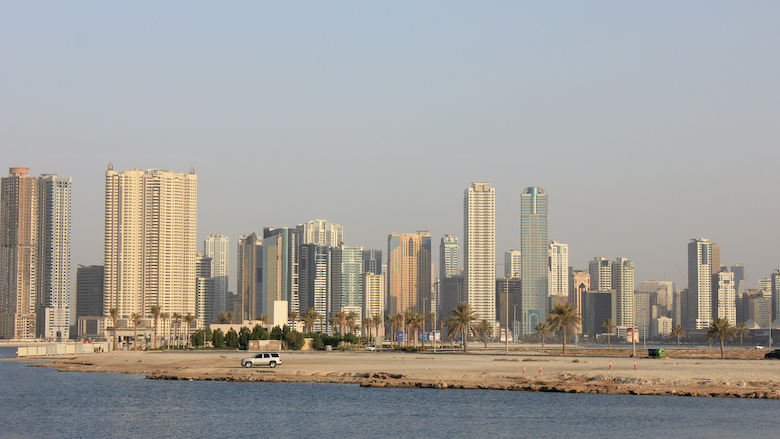The UAE’s economy will contract in 2020 due to the disrupted engines of growth from COVID-19 pandemic containment efforts, OPEC+ oil production cuts, lower oil prices, reduced global oil demand, and disruption in global supply chains. The government continues to provide mitigation support in response to the pandemic as businesses strive to recover, worsening the consolidated fiscal deficit. The medium-term non-hydrocarbon outlook remains uncertain and hinges on a rebound in tourism and trade following a global recovery.
The UAE’s non-hydrocarbon (non-HC) economy was already weakening prior to the pandemic as it faced persistently weak business sentiment and a prolonged real estate downturn. Overall GDP contracted by 0.3% in Q1-2020, with non-HC GDP contracting by 1.9% y/y. The purchasing managers’ index (PMI) had slipped to 49.1 in February (below 50 indicates negative growth) for the first time since the crisis in 2009. On the other hand, HC GDP increased by 3.3% as OPEC+ cuts ended.
In the wake of COVID-19, authorities aggressively implemented a containment strategy with strict lockdowns, postponed major events such as World Expo2020, imposed social distancing, and large-scale testing.
Growth in 2020 is projected to contract by 6.3% due to the fallout from COVID-19 and lower oil production following the revitalization of the OPEC+ agreement. Over the medium-term, and dependent on the speed of global recovery, The UAE-Israel normalization deal could expand opportunities as it also involves trade/technology cooperation. Modest inflation will return as growth rebounds.
